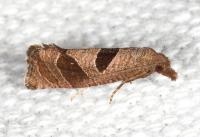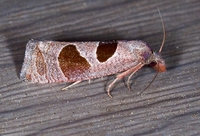
| Recorded by: Simpson Eason on 2025-10-16
Durham Co.
Comment: | 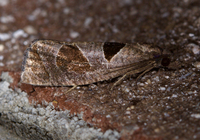
| Recorded by: Jim Petranka on 2025-10-12
Madison Co.
Comment: |

| Recorded by: Jim Petranka on 2025-09-24
Madison Co.
Comment: | 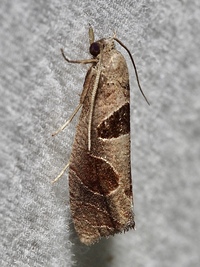
| Recorded by: Merrill Lynch on 2025-09-22
Watauga Co.
Comment: |

| Recorded by: Chuck Smith on 2024-10-26
Davie Co.
Comment: | 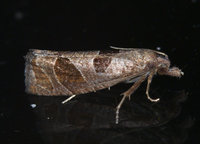
| Recorded by: Jim Petranka on 2024-10-21
Madison Co.
Comment: |

| Recorded by: Chuck Smith on 2024-10-08
Davidson Co.
Comment: | 
| Recorded by: Chuck Smith on 2024-10-04
Davidson Co.
Comment: |
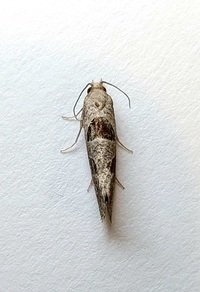
| Recorded by: Mark Basinger on 2024-09-19
Buncombe Co.
Comment: | 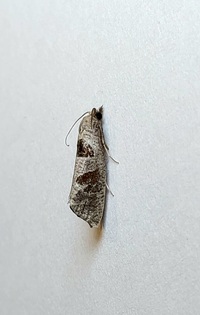
| Recorded by: Mark Basinger on 2024-09-19
Buncombe Co.
Comment: |
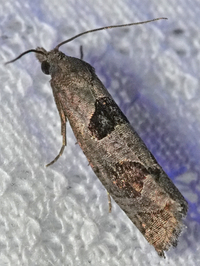
| Recorded by: Chuck Smith on 2023-10-30
Davidson Co.
Comment: | 
| Recorded by: Simpson Eason on 2023-10-25
Durham Co.
Comment: |
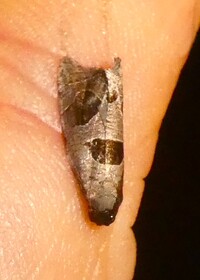
| Recorded by: Simpson Eason on 2023-10-21
Durham Co.
Comment: | 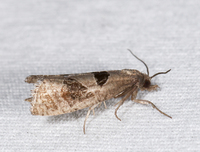
| Recorded by: John Petranka on 2022-11-02
Orange Co.
Comment: |
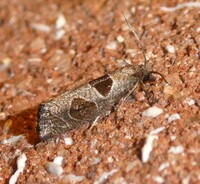
| Recorded by: Simpson Eason on 2022-10-28
Durham Co.
Comment: | 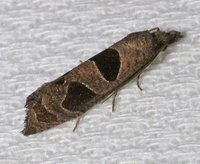
| Recorded by: Chuck Smith on 2022-10-25
Davidson Co.
Comment: |
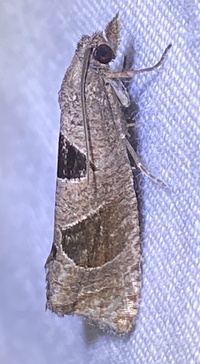
| Recorded by: David George, L. M. Carlson on 2021-10-22
Orange Co.
Comment: | 
| Recorded by: Simpson Eason on 2021-10-15
Durham Co.
Comment: |

| Recorded by: Jeff Niznik on 2021-10-11
Wake Co.
Comment: | 
| Recorded by: tom ward on 2021-10-04
Buncombe Co.
Comment: |
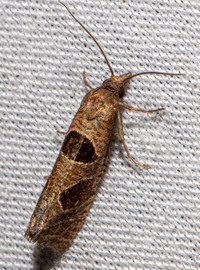
| Recorded by: Stephen Hall on 2020-10-27
Orange Co.
Comment: | 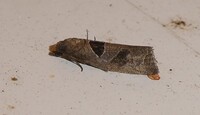
| Recorded by: Simpson Eason on 2020-10-25
Durham Co.
Comment: |
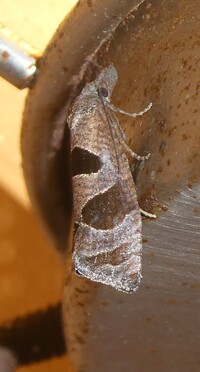
| Recorded by: Simpson Eason on 2020-10-21
Durham Co.
Comment: | 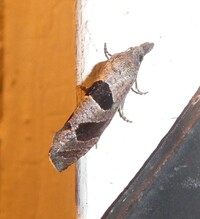
| Recorded by: Simpson Eason on 2020-10-21
Durham Co.
Comment: |
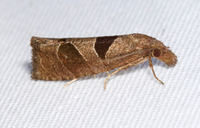
| Recorded by: Jim Petranka on 2020-10-15
Madison Co.
Comment: | 
| Recorded by: Gary Maness on 2020-10-12
Guilford Co.
Comment: |
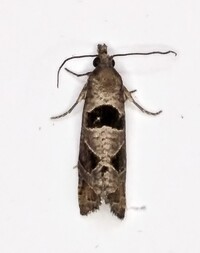
| Recorded by: Gary Maness on 2020-10-12
Guilford Co.
Comment: | 
| Recorded by: Jim Petranka on 2020-10-08
Madison Co.
Comment: |
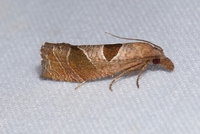
| Recorded by: Jim Petranka on 2020-10-07
Madison Co.
Comment: | 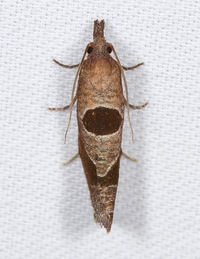
| Recorded by: Jim Petranka on 2020-10-07
Madison Co.
Comment: |
|

 »
»